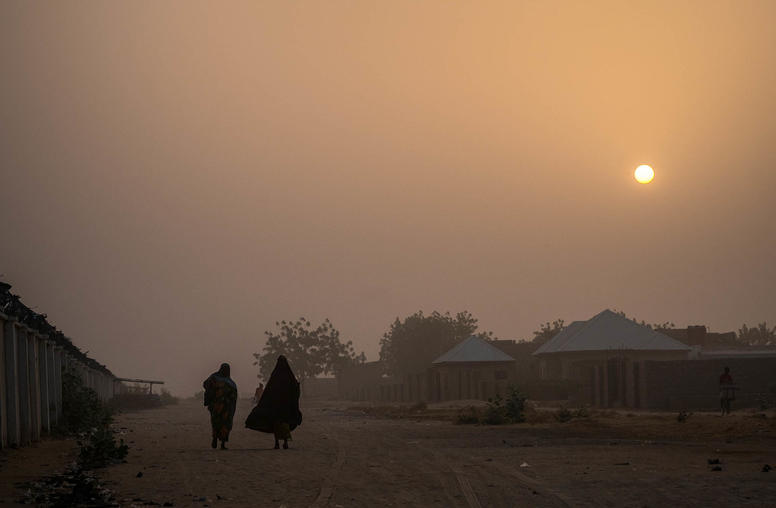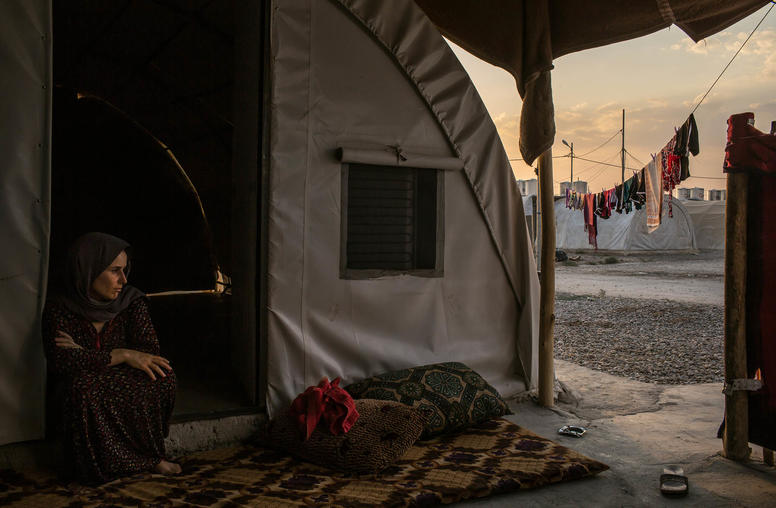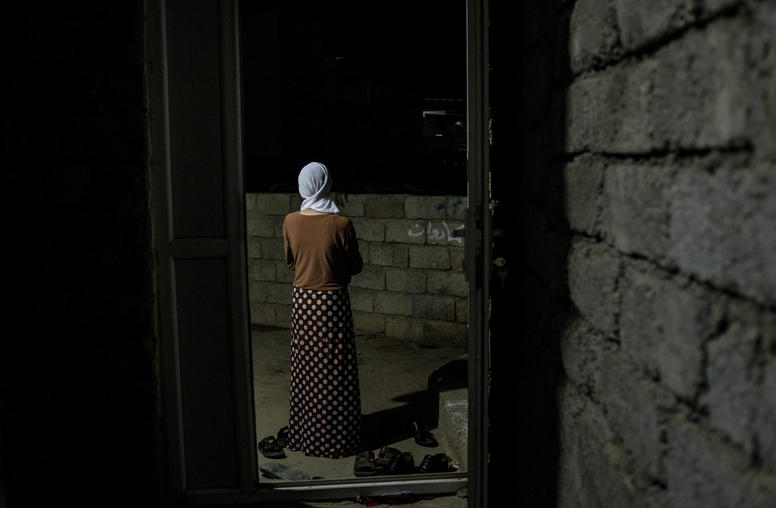Conflict-related sexual violence is increasingly recognized as not only a calculated strategy of warfare used by armed actors, but a threat to international peace and security. From violent extremists in Syria to conflicts in the Balkans, Colombia, Democratic Republic of Congo and Ethiopia, state and nonstate actors have used sexual violence against women, men and children to intimidate and terrorize populations. It has served to displace people from contested territory, destroy communities and silence victims. Even after these wars have ended, sexual violence often goes unaddressed. This, in turn, undermines reconstruction efforts and the transition to more stable, secure and peaceful societies.
In 2008, the U.N. Security Council adopted Resolution 1820 (SCR 1820) condemning the use of sexual violence as a strategy of war and asserting that “rape and other forms of sexual violence can constitute war crimes, crimes against humanity or a constitutive act with respect to genocide.” Despite passage of SCR 1820 and subsequent U.N. resolutions falling under the umbrella of the Women, Peace and Security agenda, sexual violence in conflict has not abated.
About Missing Peace Initiative
What is missing from policy, research and practice to deter conflict-related sexual violence, mitigate ongoing harms, and heal from the intergenerational impacts? What are the implications for peace and global security when action falls short? These are among the questions at the forefront of the Missing Peace Initiative, which is a partnership between the U.S. Institute of Peace, Peace Research Institute of Oslo, Women in International Security, and The Center for Human Rights, Gender and Migration at Washington University in St. Louis. Over the past decade, the Missing Peace Initiative has sought to take stock of current conflict-related sexual violence policies and programming; explore and communicate to research findings on the causes, scope and patterns of sexual violence; and identify ways to improve research and documentation capacity to advance policies and practice.
The inaugural 2013 Missing Peace Symposium brought together a community seeking to strengthen knowledge and practice on CRSV by going beyond disciplinary and state boundaries. This community has been further strengthened through inclusion of survivors of conflict-related sexual violence, whose contributions were center-stage during the 10th anniversary 2023 Missing Peace Global Symposium. This convening brought together 200 experts from over 40 countries to bridge research, policy and practice and leverage strengths across disciplines and sectors to better address conflict-related sexual violence.
The Missing Peace Scholars Network
The Missing Peace Initiative (MPI) amplifies new research on conflict-related sexual violence through its Missing Peace Scholars Network. The network was formed in 2013 to support the professional development of emerging scholars focused on conflict-related sexual violence and the dissemination of their work to broader research, government, and civil society audiences.
To facilitate these efforts, the Missing Peace Scholars Network hosts annual workshops sponsored by the U.S. Institute of Peace and co-hosted by the MPI partner organizations to provide an opportunity for feedback, collaboration and skill-building. In addition, an on-the-ground training for practitioners from the Global South was held in August 2015 in Kampala, Uganda, and an international conference was held in December 2017 in Oslo, Norway, to discuss international criminal prosecution of conflict-related sexual violence and its impact on peacebuilding. A regular outcome of the annual workshops is the publication of Special Reports aimed at communicating cutting-edge research findings to policy makers and implementers.
Featured Publications

Going Beyond Accountability to Deter Conflict-Related Sexual Violence
In a historic move, President Biden signed a memorandum last November that bolstered the U.S. response to conflict-related sexual violence, including rape, sexual slavery, forced pregnancy, forced sterilization and other forms of wartime sexual harm.

Four Ways to Include Conflict-Related Sexual Violence in Atrocity Prevention
Conflict-related sexual violence is not only an indicator of rising atrocity risk — it can also constitute an atrocity crime itself. And while the U.S. government has implemented conflict-related sexual violence response efforts, concurrent international efforts on the issue offer a solid foundation for the United States to go beyond responding to these crimes and toward prevention.

Five Gains and Gaps in the Campaign to End Conflict-Related Sexual Violence
The wars of the 1990s — particularly in the former Yugoslavia, Rwanda, Sierra Leone and the Democratic Republic of the Congo (DRC) — saw the devastating use of sexual violence not only by individual subordinate soldiers, but as deliberate tactics of war by state and non-state armed actors. In response, a wave of strong advocacy from women’s civil society organizations called for an end to these acts of violence, and their vision was eventually incorporated into U.N. Security Council Resolution (UNSCR) 1325 and what is now known as the Women, Peace and Security (WPS) agenda in 2000.






